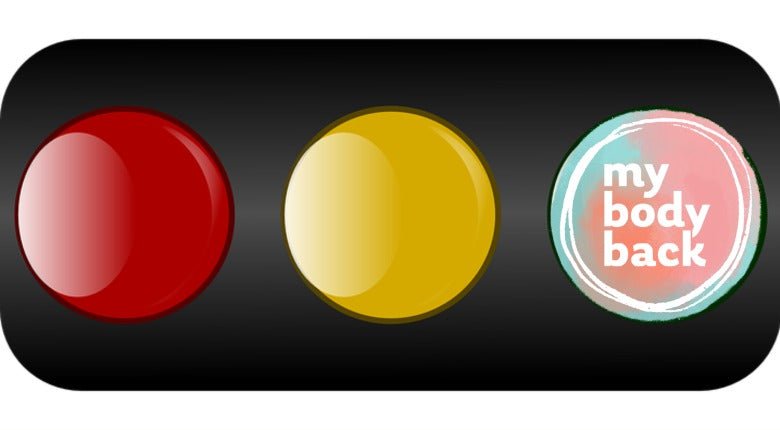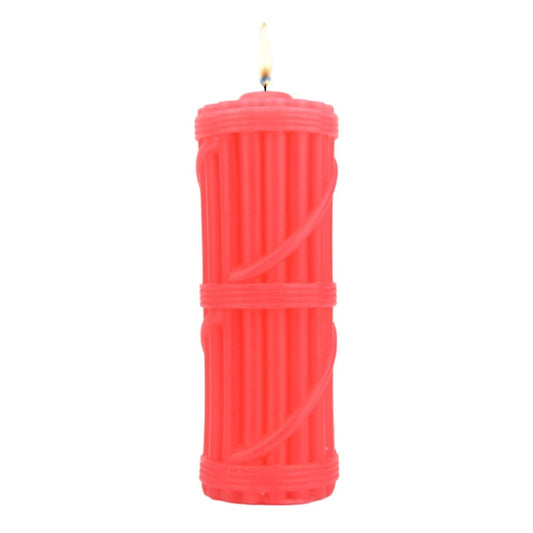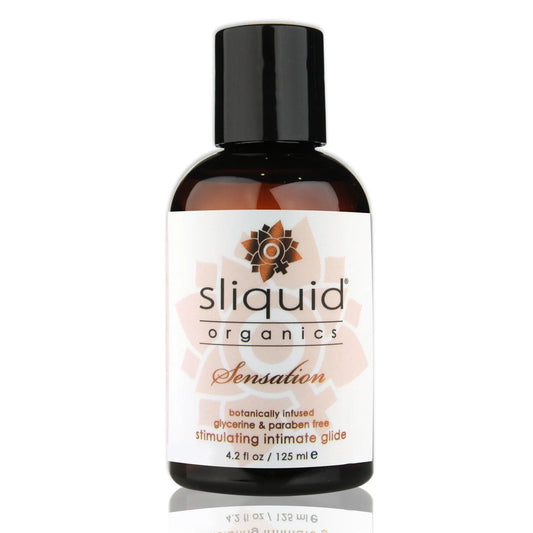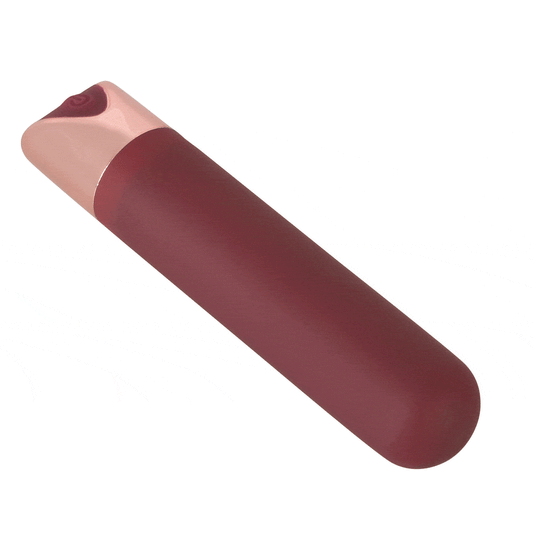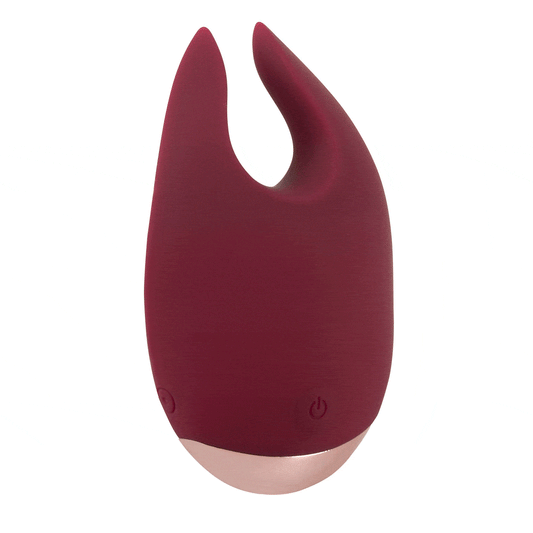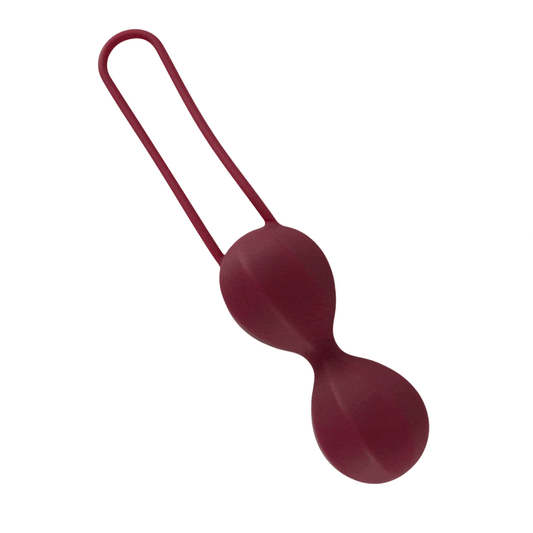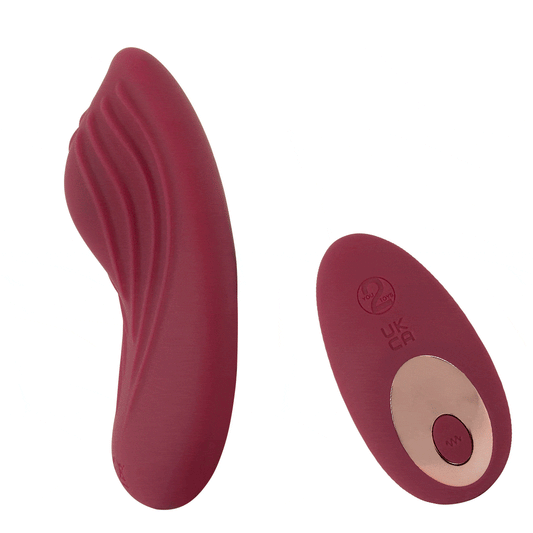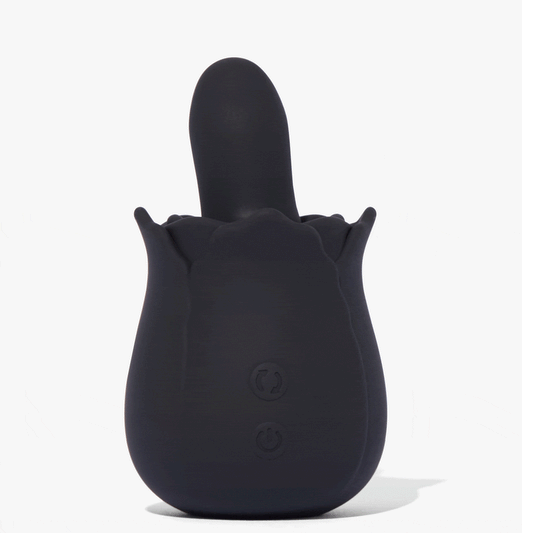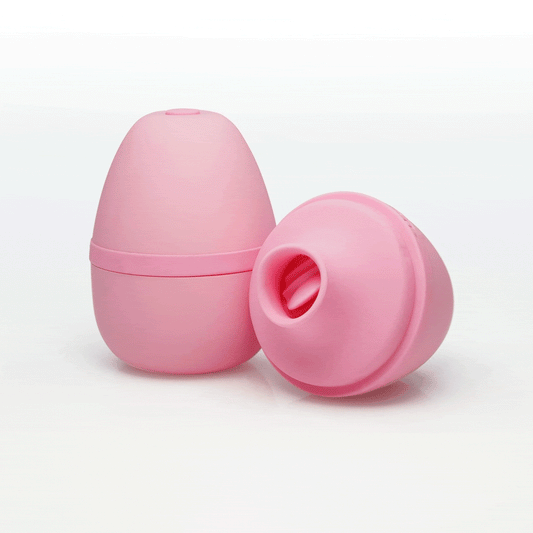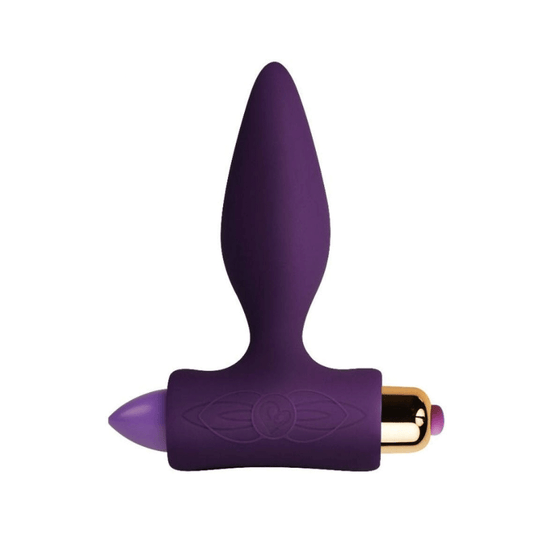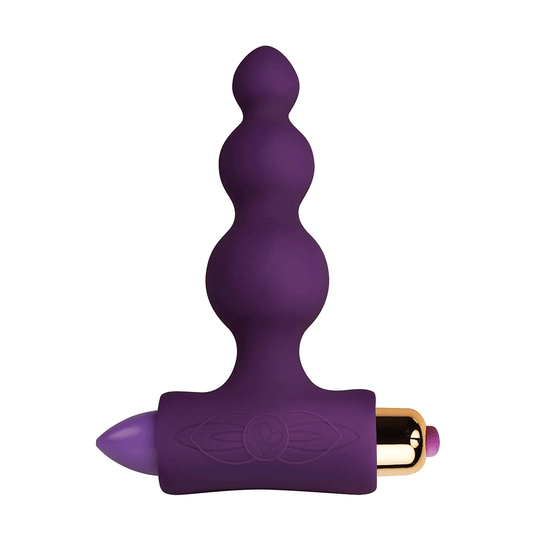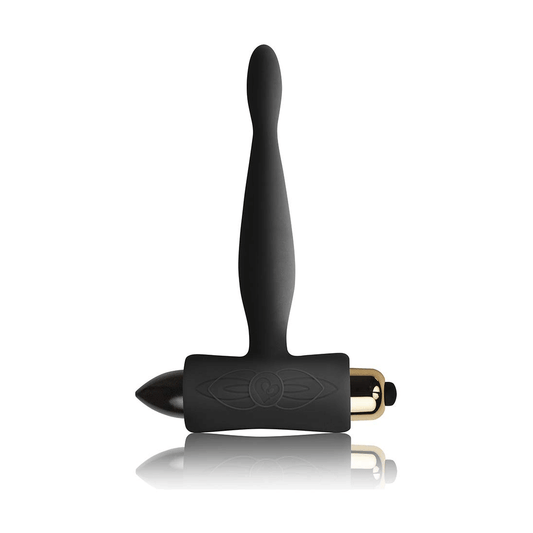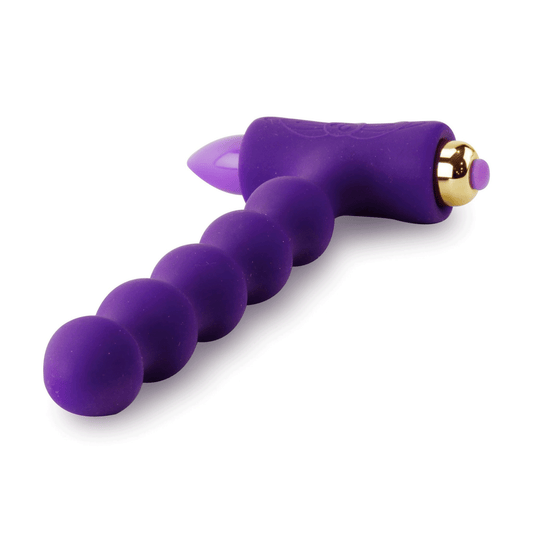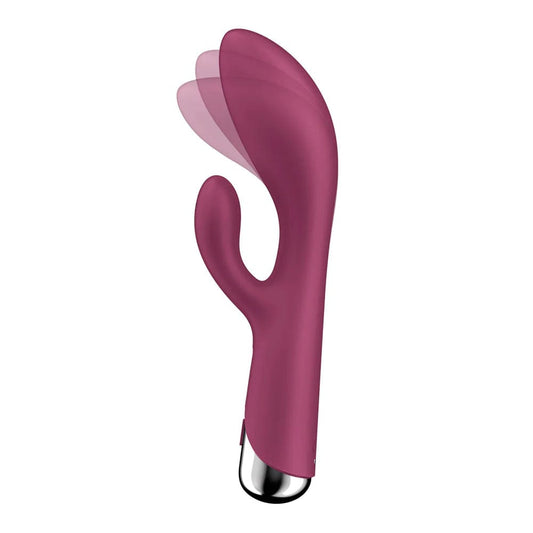Before we start, we'd like to highlight that this article is for survivors of sexual violence and some readers may feel triggered by the content. If this is the case, please stop reading and practice self-care. Maybe have a cup of tea or phone a friend - or both! You can always come back to this page at a later point.
Many of the guests at Cafe V has told us they'd like to try bondage play but feel worried it might be too scary or triggering. And this is completely understandable.
In this piece, we'll talk about ways to create scenes that help you stay in control and feel safer. The aim of this blog piece is to help you navigate your way around what can be tricky before it's fun.
What is bondage?
Bondage is the practice of (and this is the most important word in this whole blog piece) consensual restraining, tying or binding a partner for erotic or aesthetic pleasure. Bondage is part of BDSM, but you don't have to be a BDSM practitioner or identify as a kinkster to enjoy bondage - it can just be a part of what we like to call "fun sex"!
Bondage can be done for many different reasons - for some, it's sexual, for some it's purely aesthetic, or they like feeling tightly hugged with rope. It can involve a whole group of people, but for the purpose of this article, we're going to assume it is a scene between two mutually consenting people.
A customer once said to us: "Wow, I thought BDSM had to be humiliating - I didn't realize it could be fun!" This is a pivotal comment.
BDSM needs to involve trust, respect and negotiation long before any actual play happens. If humiliation is your thing, you and your play partner can absolutely enjoy humiliation play - as long as the both of you respect and trust each other and have negotiated what kind of humiliation will be involved. Also, it's important to note that most people don't opt for humiliation play straight off - if anything, it has been a long, gradual journey to get there, stopping and reassessing along the way.
BDSM is not one size fits all. This article will help you think about what it is you'd like to try, which is a great starting point.
Trust, Respect, Negotiation & Communication
Trust and respect are essential when it comes to any play. If it isn't, it really should be.
Opening a discussion on what will, and more importantly what won't happen, is essential and must be done before cuffs, rope or tape are introduced.
You'll need to make time to sit down together out of the bedroom for this conversation. Being dressed and sober will help you feel more in charge of your feelings surrounding the experience, and what's being said and agreed upon.
Before negotiating with your partner, you need to have a discussion with yourself.
Think about what it is you want to achieve: do you want to try bondage for erotic reasons? Or because it looks beautiful? Do you like the idea of being tied up and taken care of? Or maybe you want to do the restraining and have your partner submitting to you? You may gain pleasure from the feeling of the temporary transfer of control and power. Ask yourself what it is you desire.
Think about what bondage equipment turns you on. Would you like to try bondage tape, or leather cuffs, or soft rope? Do you want your wrist or ankles to be restrained? Or maybe you like the idea of soft bondage rope framing your breasts? Where do you want the scene to take place? (Bear in mind that using a space familiar to you will often make you feel safer).
Talking about erotic desires out loud can feel tricky if you or your partner are feeling shy. If that's the case, why not write down your bondage play wish-list and swap lists with your partner - find out what they fantasise about trying!
There may be a few things on each list that you both want to try - great! That makes this a whole lot easier.
However, it could be that there are things on your partner's list that you don't want to try. And that's absolutely fine.
Don't do anything you don't want to - it's consensual, remember?
But, if you say no because it's new and you feel out of your depth, why not take some time to try visualising what it is your partner wants. It could be that once you think about it, you might find it becomes a turn-on or you may be willing to try a different version of the same fantasy.
For example: Your partner wants to try an insertable sex toy on you whilst you are restrained, but you don't feel ready. Instead, how about trying a small finger vibe intended for clitoral play? That way your partner gets to play with a sex toy and you can lie back, relax and enjoy the new sensations. Negotiate until you are both happy with what will take place when you play.
What if it is a trigger?
It is your responsibility to make your play partner aware of triggers. This doesn't mean you have to tell them about past trauma - but it isn't is fair on a partner to cause a triggering situation that could have been avoided had they only known you dislike certain touches, words or positions. This goes for everyone practising safe, consensual kink. Your play partner doesn't need to know what happened to you - unless you choose to tell them – but they need to know what to avoid.
Words - remember to include any triggering words in your no-no list. It's easy to get carried away with language, so better safe than sorry.
If something on your partner's list really is a no-no, you need to say so - but keep it polite. Just like they should be polite when declining something you've suggested if it isn't for them. It always goes both ways.
Being assertive with your wants and want-not's can be hard. This is something you can practice every day in a whole number of situations: "No thank you, I don’t want vinegar on my chips." "Yes please, I definitely want an extra-strong injection before my tooth is pulled out." The more you practice, the easier it gets!
Positions for bondage
If certain positions are triggering, tell your partner that you don't want to play in that position. Instead, suggest other positions that you feel comfortable with. Be creative! If you don't want to lay face down, suggest standing up against the doorpost. If you don't enjoy the missionary position, suggest kneeling on a chair. Once you start thinking about it, you might find there are lots of different positions you'd like to try!
It's important to pay attention to how your body reacts to being restrained throughout a scene if you are the person being tied up or cuffed. If you feel that you're getting pins&needles, it's important to let your partner know so they can untie/uncuff and re-position. The same goes for feeling too hot or too cold - keep communication open and honest. Although, saying that, the partner doing the restraining should be checking in with the person being restrained too: "Are you feeling comfortable?" "Are you enjoying this?" "Do you need a drink of something?" These are all questions to ask at regular intervals.
Equipment for bondage
Think about what kind of bondage you'd like to try and then build up slowly. This will ensure you stay in your "safe zone."
Buy some party streamers or paper strings. Try wrapping loosely around your wrist and see how that feels. It may feel ok and quite fun - great! But if you don't like it, all you need to do is unroll and you are free of the restraints. Practising by yourself is a good way of finding out how you feel about the equipment you are using, and also finding out how it works. When you feel utterly at ease and comfortable in paper restraints, you could move up a step.
Quickie Cuffs are soft, safe and super-easy to use. You can easily slip in and slip out of these by yourself as there are no locks or keys. Try them out whilst relaxing in front of the TV with a cup of tea, for example. Keep it relaxed and don't put pressure on yourself. At this point, it is really just about feeling comfortable and safe.
Tape for bondage play is soft, stretchy and sticks to itself. Try wrapping loosely around one wrist, and then see how easy it is to unroll again. The tape won't stick to body hair or skin, so it won't be painful. Make sure to keep a pair of medical scissors handy, just in case you want to get out of the bondage tape quickly. A couple of snips and you're out!
Word of warning: don't use duct tape or any other tape you may have laying around at home. Bondage tape has been made specifically for sexy play, whereas duct tape has not. Only use equipment that is safe and made for play. It is sometimes fun to improvise, but at this stage, you want to make sure you stay feeling safe and relaxed.
Satin Ties are long, silky ties for sensual restraining. They feel beautiful against the skin. These ties come with D-rings for safe play, but again - keep medical scissors hand just in case.
Leather Bondage Cuffs - these are comfortable and safe. They can be used as they come, or you can attach chains or rope if you want to be able to tie someone to furniture.
Try putting a cuff on one wrist only (so not both; you still have one hand free). Leave the cuff relatively loose so that you can wriggle your hand out if you want to. Get used to the feeling and the weight of the cuff before tightening a little bit. Always make sure you leave space for one or two fingers between the cuff and the skin. Blood flow is important, people! Pottering around at home with the cuff on will help you get used to wearing it.
Always use safe wrist and ankle cuffs - i.e never use those very cheap metal ones you can buy in joke shops. If you get stuck and can't get out, you may have to call someone to come help cut you out of them...
Rope is another option for bondage play. Choose soft rope and make sure to have medical scissors handy. If it feels "too much", you can just cut the rope and you are no longer restrained. Rope bondage doesn't have to involve complicated knots and we recommend starting off with simple bondage that doesn't need tying. There are many books available on the subject.
Safewords
A safeword is a word that you wouldn't normally use during sex. The words "stop" and "no" can often be part of the game and therefore are no good. For example: You might enjoy a spanking every now and again, and it's very common to become very giggly as the brain starts pumping out endorphins into the body. There may be delighted squealing and the word "stop!" may be used, but on this occasion the word "no" doesn't mean "no" - it means "please don't stop because I'm having a great time!"
Using a word like "pineapple" will let your partner know you want the game to stop and on this occasion "pineapple" means "no". Confusing? A little bit maybe, but once you start practising it, it'll make a lot of sense.
We are also big fans of "grading" - using a scale of 1-10 to check in with ourselves and each other.
These rules are easy to remember and gives you a tool to keep on top of where you are in yourself.
Safety during bondage
Bondage and kink can bring up feelings you thought you had worked through, or feelings you didn't even know you had. It's upsetting and unsettling when unwelcome thoughts and feelings sneak up. If this happens, immediately stop the scene by using your safeword, and then communicate the situation to your partner. It is not uncommon and it can happen to anyone. For this reason, always have a self-care plan ready and remember to be gentle with yourself.
Aftercare
Aftercare is absolutely necessary. This is the time for the two of you to go back to the status quo, especially if there has been an exchange of power. There might be stroking, or kissing, or just gentle cuddling.
Take time to work out what you think you might need. Might you be hungry after all that fun - maybe you'll need a snack? If so, make sure you have your favourite foods in the fridge. If you think you might like a long soak in the bath - stock up on lush products for a li'l pamper.
Your needs may be different from those of your partner, so find out what your partner thinks they might need too. Just like the play itself, aftercare needs to go both ways.
Maybe you'll want a debrief - talk about what went well and what could have gone better or felt differently.
Don't rush the aftercare. Take time to slowly and gently come back from the intense sensations you have just experienced.

Experiencing drop after bondage
Also, be aware that one or both partners could experience "drop."This is when you feel sad, empty or deflated after a scene. Drop isn't unusual, but it can be a very lonely place to be. It will pass, but until it does, please be gentle with yourself and each other.
Drop can be very much like short term withdrawal, and in a sense, it is: much of drop is an emotional experience due to hormone imbalance. An intense scene causes a spike in endorphins and adrenaline - it's like the body's own, natural high. And when we say 'intense,' we don't necessarily mean whips & chains. The intensity, for a survivor, is likely to lie within any sexual activity. Trusting someone to stay within the agreed parameters can be hard, trusting oneself to stay present for the experience can be hard, handing over power can be hard... Once the scene is over, your body experiences a drop (hence the name) in endorphins and adrenaline, and you may feel as if your balloon has been well and truly burst.
The severity of drop and symptoms will vary between those that experience them. It could be that you find it difficult to concentrate, or you feel fatigued, or perhaps you become restless and irritated for no apparent reason. Symptoms could present as flu-like; headache, cramps and/or poorly tum.
Maybe you need to reach out to the person you played with, letting them know how you are feeling - or perhaps you have a good friend you can call. Other ways of combating drop could be curling up on the sofa with a favourite blanket and some ice cream, relaxing in a quiet, calm atmosphere or going for a walk in the fresh air. Be aware that drop can happen so you can prepare for it.
The don'ts of bondage play
There are a few 'don'ts' you need to be aware of before you start exploring this new, fun way of experiencing pleasure.
- Don't drink and kink. Staying sober ensure you are awake and aware of feelings and sensations at all times.
- Don't play with anyone you don't feel comfortable with.
- Don't ignore your gut instinct - it's usually right.
- Don't go further than you feel comfortable with.
- Don't let anyone put pressure on you to do things that have not been explicitly negotiated in advance.
- Don't invite a complete stranger home for kinky play (or agree to go to their home).
- Don't let anyone tell you it's uncool to change your mind mid-way through a scene. You have the absolute right to change your mind any time you want.

